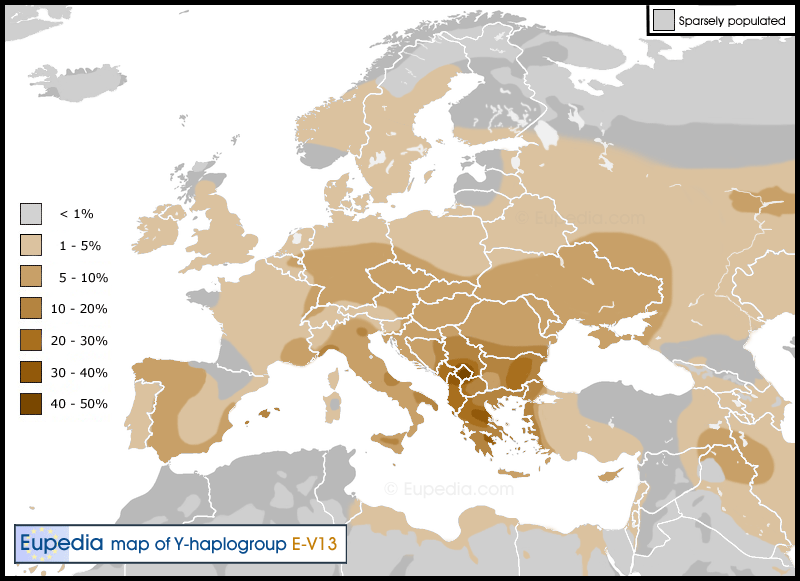Himariote dialect of the Greek language
The Himariote dialect of the Greek language or Himariotika is spoken mainly by Greeks in the municipality of Himara in Albania , and specifically by the residents of the city of Himara and the villages of Drymades and Palasa . Each settlement has its own variation of Himariotiki. While all 3 variants use the same basic vocabulary, they differ mainly in pronunciation. According to 2008 statistics, the dialect is spoken by at least 8,000 people.
Classification
Despite the fact that the Greek community in Himara is located in the north of the Greek state and the region is often referred to as Northern Epirus in Greece, the dialect of the city of Himara is classified as a southern dialect (it does not precipitate or drop vowels from Common Greek - features that also have the dialects of the rest of Northern Epirus and the prefecture of Thesprotia ) . Although it has been suggested that there are similarities with the dialects spoken in Apulia in Lower Italy and Mani in the Peloponnese , the exact origin of the northern Epirotian dialects remains unknown.On the other hand, the dialects of Drymades and Palasa, respectively, are classified as semi-northern dialects.
Due to the geographical isolation of the region, the local dialect of Himara was cut off from the other Greek dialects and evolved at a slower pace, maintaining a more conservative and faithful image of the medieval Greek language . Among the other various interpretations that have been proposed to explain the differentiation of the dialect, is that this dialect, along with other conservative forms of the modern Greek language, such as the Maniatic dialect , was spoken by populations that were in a de facto state of autonomy from the Ottomans . Another linguistic analysis suggests that Himara was colonized by Greeks from South Italy after Turkish sack of the town of Otranto in Apulia in 1480, but this position has been strongly contested. Other positions suggest that there are similarities with the Cretan dialect and the Corfu dialect .
Usage and phonology
Himariotika is spoken mainly in the city of Himara , as well as in the nearby seaside villages of Drymades and Palasa with differences in pronunciation. Himariotika also has some elements from the Tosc dialect of the Albanian language .
A common feature of the northern Epirotians and the sub-group of the Chimarriotians, is the use of the archaic disyllabic form -ea. In addition, the phoneme [ /s/ ] is pronounced slightly differently depending on the region, in Drymadas as a soft [ /š'/ ] while in Himarra as a hard [ /š/ ]. The inhabitants of Himarra also pronounce [ /ķ/ ] as [ /ć/ ]. Another characteristic that is a rule in Chimarriotika is the turn /st/ > /s/ .



